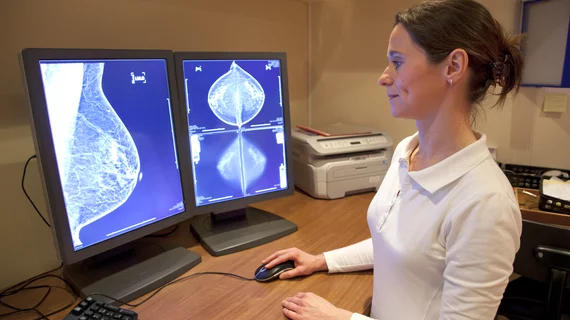AI predicts when breast lesions will progress to invasive cancer
Case Western Reserve University scientists have developed a tool that may help predict whether precancerous breast lumps will snowball into invasive cancer, heading off the need for unnecessary radiation treatment.
Experts from the Cleveland-based institution note that, once doctors pinpoint such tumors, women often opt for surgery to remove remaining tissue. Some also receive radiation therapy, even if they have a low risk of developing invasive cancer, but that’s often unnecessary, said Anant Madabhushi, PhD, a professor of biomedical engineering.
“In short, we’re probably overtreating patients,” he told the university’s news service. “That goes against prevailing wisdom, but that’s what our analysis is finding.”
"Case Western is not the only institution to leverage AI to improve breast cancer care. Researchers from Dartmouth University also recently developed a machine learning model to predict cancer progression, and other researchers are utilizing AI to avoid unnecessary surgery."
To address this issue at Case Western, lead researcher Jaojia Li analyzed lumpectomy tissue from about 60 patients diagnosed with Stage 0 breast cancer, also referred to as ductal carcinoma in situ, or DCIS. About 60,000 Americans are diagnosed at this stage, or one in every five breast cancer cases.
Li noted that, in both size and orientation, tumors often labeled as “indeterminate” were closer to low risk for recurrence. After validating and distinguishing between low- and high-risk groups, she was able to predict the likelihood of progression from Stage 0 to invasive breast cancer, according to the news service.
“This could be a tool for determining who really needs the radiation, or who needs the gene test, which is also very expensive,” she said, referring to Oncotype DX, which is also time-consuming and destroys tissue.
Results of the investigation were published Oct. 17 in Breast Cancer Research.

